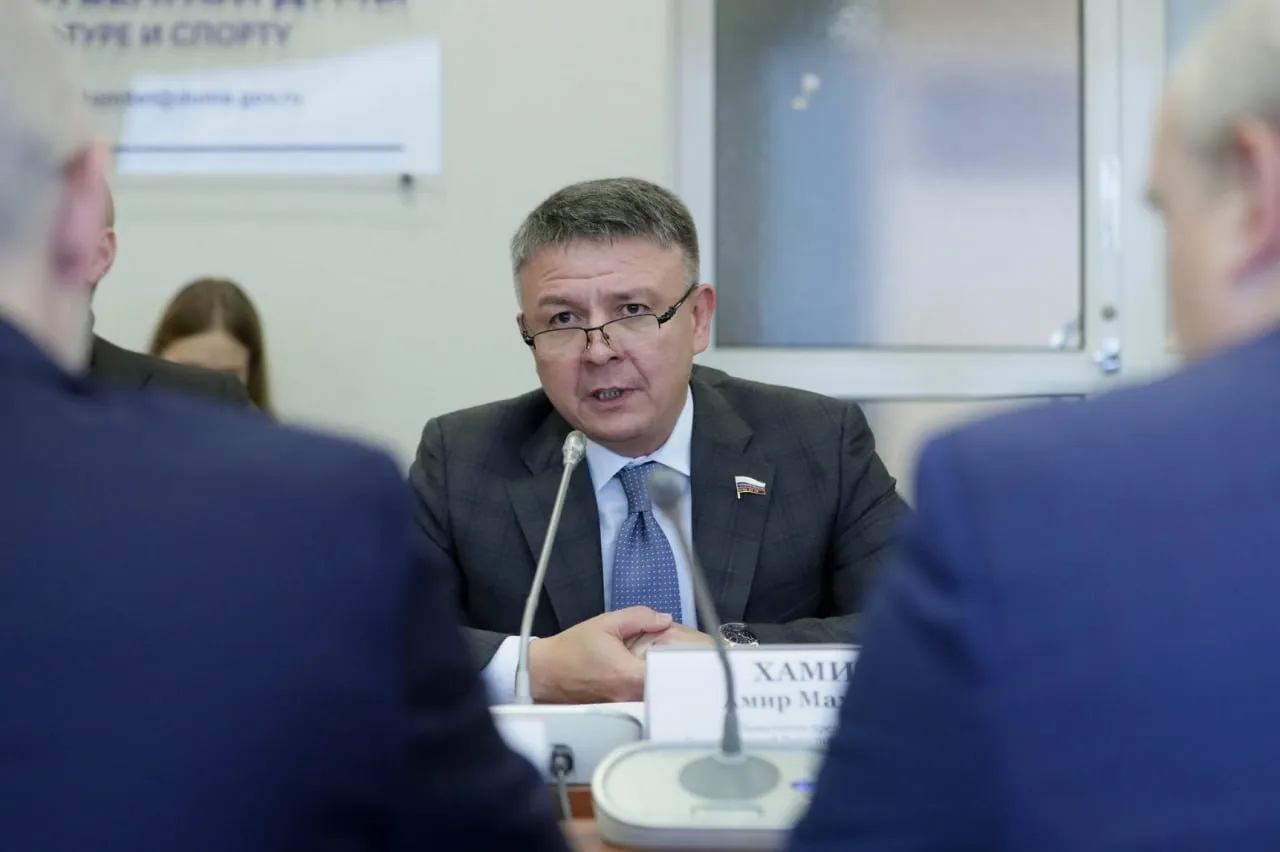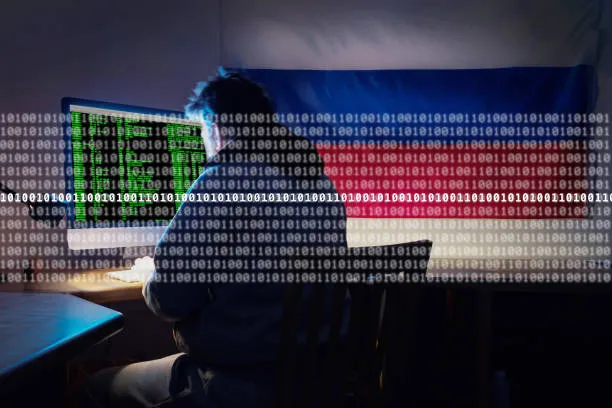Rosatom Migrates Overseas Branches to Russia’s Domestic Document Management System

From Foreign Dependence to Home‑Grown Innovation
Rosatom’s overseas enterprises have completed a full transition from the imported OpenText Documentum platform to the domestically developed electronic document management system (SED MB 2.0), according to the press service of IT integrator Grinatom. Built on the Russian “Atom.Content” platform, SED MB 2.0 is engineered to deliver high throughput, robust reliability, and airtight security for document processing. The system is already live in 29 Rosatom branches, spanning Hungary, Egypt, Turkey, China, India, and other countries.
Seamless Implementation and Technical Advantages
The migration was executed without any disruption to employees: the user interface remains unchanged, and data transfer followed a rigorously tested scheme. This approach preserved each office’s established workflow, ensuring a smooth transition. Key technical enhancements include:
High Performance: Optimized for rapid document indexing and retrieval, reducing processing times by an estimated 30 percent.
Reliability: Redundant architecture and fail‑over mechanisms minimize downtime, ensuring continuous access for global teams.
Security: End‑to‑end encryption and strict access controls protect sensitive nuclear industry documents from external threats.
By retaining the familiar interface, Rosatom avoided retraining costs and productivity losses, while the tested migration strategy eliminated data integrity concerns.
Strengthening Independence and Benefiting Stakeholders
This initiative significantly reinforces Russia’s technological independence in the nuclear sector, mitigating risks associated with reliance on foreign software. For end users—engineers, project managers, and administrative staff—the upgrade translates into faster approvals, fewer security worries, and a more resilient infrastructure. Ultimately, the enhanced reliability and speed of document workflows support timely decision‑making and accelerate project delivery, benefiting both Rosatom’s global partners and the communities they serve.
Earlier, Rosatom had already localized critical IT solutions, including enterprise resource planning systems and industrial automation platforms, further cementing its commitment to domestic innovation and self‑sufficiency.









































